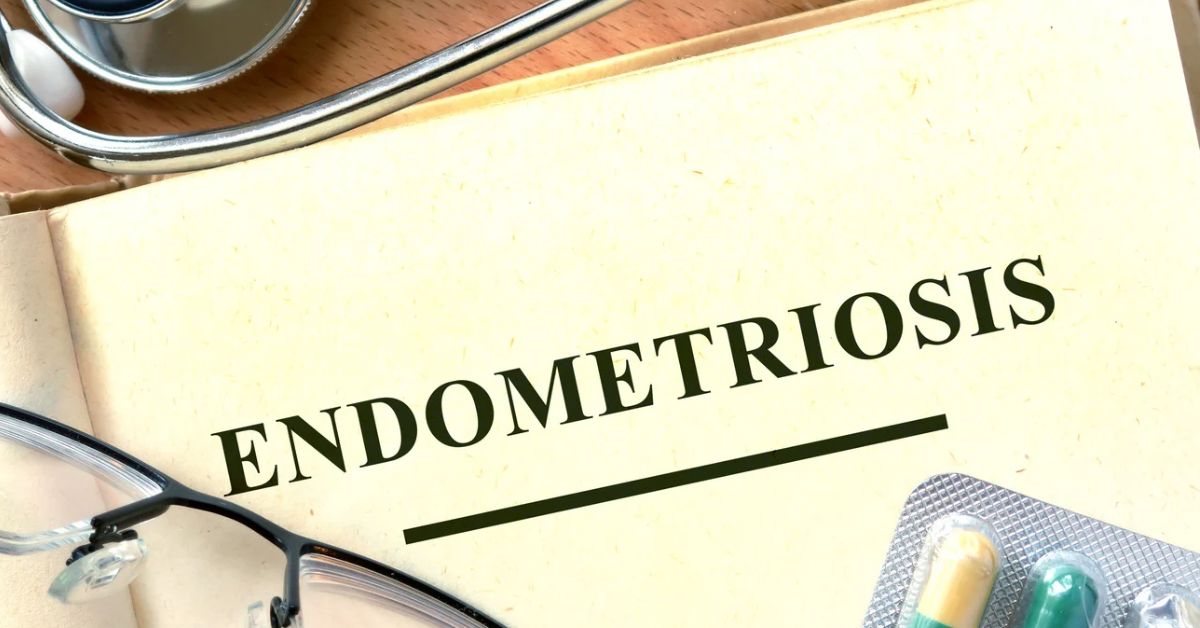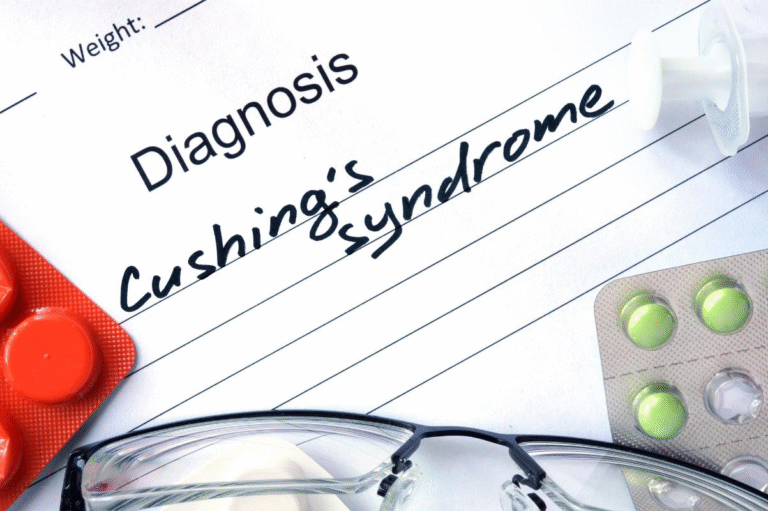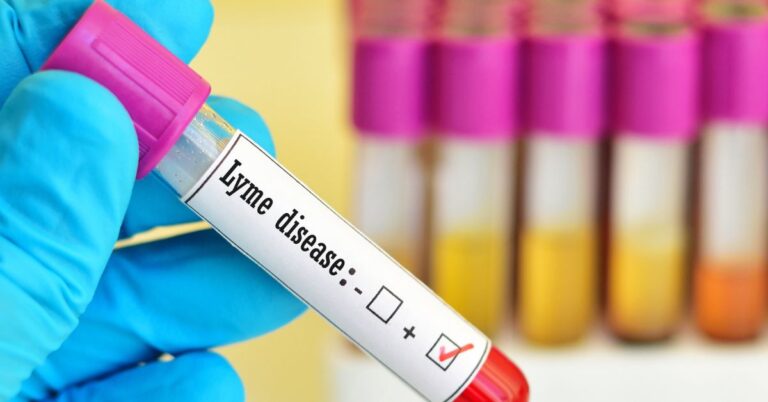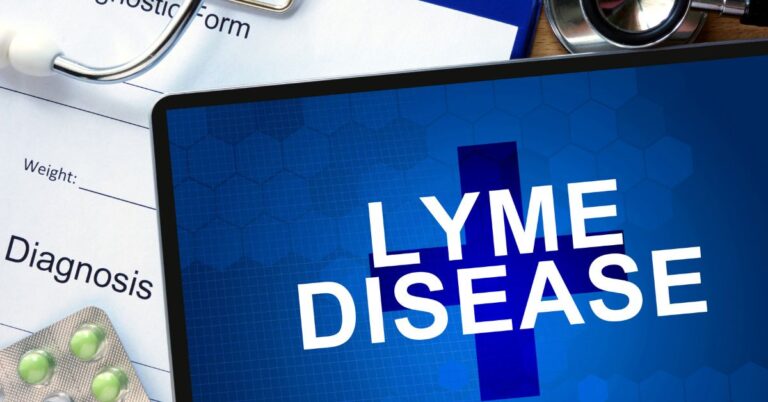Early Symptoms of Endometriosis That Often Get Misdiagnosed as PMS
If you’ve ever been advised to “tough it out” through your period pain, you’re not alone. However, what if your symptoms are not merely typical PMS?
Endometriosis, a chronic condition where tissue similar to the uterine lining grows outside the uterus, silently wreaks havoc on many women for years before diagnosis. This is because early symptoms are often dismissed as mere “bad cramps.”
Dr. Iris Kerin Orbuch, a board-certified gynecologist and endometriosis specialist, explains that the average delay in diagnosis is around 7 to 10 years. This delay is primarily due to the fact that early signs of endometriosis often resemble those of PMS, leading individuals to mistakenly believe that their symptoms are normal.
Here’s what you need to know about the early warning signs of endometriosis, how to distinguish them from PMS, and when to advocate for testing.
What Is Endometriosis?
Endometriosis is a condition where tissue similar to the endometrial lining grows in unexpected locations, such as the ovaries, fallopian tubes, bladder, or even the intestines. Each month, this tissue reacts to hormonal fluctuations, resulting in inflammation, scarring, and persistent pelvic pain.
It affects an estimated 1 in 10 women of reproductive age, according to the World Health Organization (WHO).
Early Symptoms That Are Not Just PMS
1. Painful Periods That Disrupt Daily Life
Mild cramping is normal, but if you’re doubling over in pain, missing school or work, or relying heavily on painkillers, it’s a red flag.
“Severe menstrual pain that doesn’t respond to over-the-counter meds like ibuprofen is often one of the earliest signs,” says Dr. Orbuch.
2. Pain With Bowel Movements or Urination (Especially During Your Period)
This symptom is frequently dismissed as irritable bowel syndrome (IBS) or bladder infections, but it could also be a sign of endometriosis growth in the bowel or bladder.
3. Pain During or After Sex
If intercourse causes sharp, deep pelvic pain that persists for hours afterward, it could be a sign of endometriosis in the pelvic cavity.
4. Unexplained Fatigue
Chronic inflammation caused by endometriosis can leave you feeling drained, particularly during your menstrual cycle.
5. Digestive Issues That Flare With Your Cycle
Bloating, constipation, diarrhea, or nausea that worsens before or during your period might be mistakenly labeled as “hormonal IBS.”
6. Lower Back or Leg Pain
Some individuals with endometriosis may experience radiating pain that extends down their legs, particularly if the lesions involve nerves in the pelvic region.
Why It Gets Misdiagnosed
- PMS, IBS, and UTIs all share overlapping symptoms with endometriosis.
- Many doctors still consider severe period pain “normal.”
- Lack of awareness—even among OB-GYNs—delays referrals and treatment.
- The only definitive diagnosis currently comes through laparoscopic surgery, which not all providers suggest early on.
What the Research Says
A 2020 study published in BMJ Open revealed that over 60% of women with endometriosis were initially misdiagnosed with another condition. Many women reported that their symptoms started in adolescence but were not taken seriously until fertility issues became apparent later in life.
Other research indicates that women with endometriosis are more prone to experiencing chronic pain, anxiety, and depression, particularly when their diagnosis is delayed.
Why It Matters for Your Health
Untreated endometriosis can lead to:
- Infertility
- Ovarian cysts (endometriomas)
- Chronic pelvic pain
- Emotional distress
- Surgical complications if lesions progress
Early intervention can preserve fertility, reduce inflammation, and improve quality of life.
What You Can Do: Action Steps
1. Track Your Symptoms
Use a period or pain tracking app to log cycle-related issues. Include:
- Pain severity
- Days missed from school/work
- Pain with bowel movements or sex
- Digestive or urinary symptoms
2. Advocate for Imaging or Referral
If you suspect endometriosis:
- Ask your OB-GYN for a transvaginal ultrasound (helpful but not conclusive)
- Consider a referral to an endometriosis specialist or reproductive endocrinologist
3. Try an Anti-Inflammatory Diet
Some patients report symptom relief by reducing dairy, gluten, processed foods, and added sugars—though evidence is still emerging.
4. Know Your Treatment Options
- Hormonal birth control or GnRH agonists may slow disease progression
- Surgical removal (excision surgery) is the gold standard for confirmed cases
- Pelvic floor therapy, acupuncture, and anti-inflammatory support may ease symptoms
If your period pain feels anything but “normal,” pay attention to your body. Endometriosis often presents as PMS on the surface, but it causes much deeper pain, both physically and emotionally.
Painful periods are a common occurrence, but Dr. Orbuch emphasizes that they should never be dismissed as mere “part of being a woman.” Instead, women deserve to be heard and supported in managing their menstrual discomfort.
Check out the healthlynic ✔️approved range of products for Weight Loss, Improve metabolism and much more!







